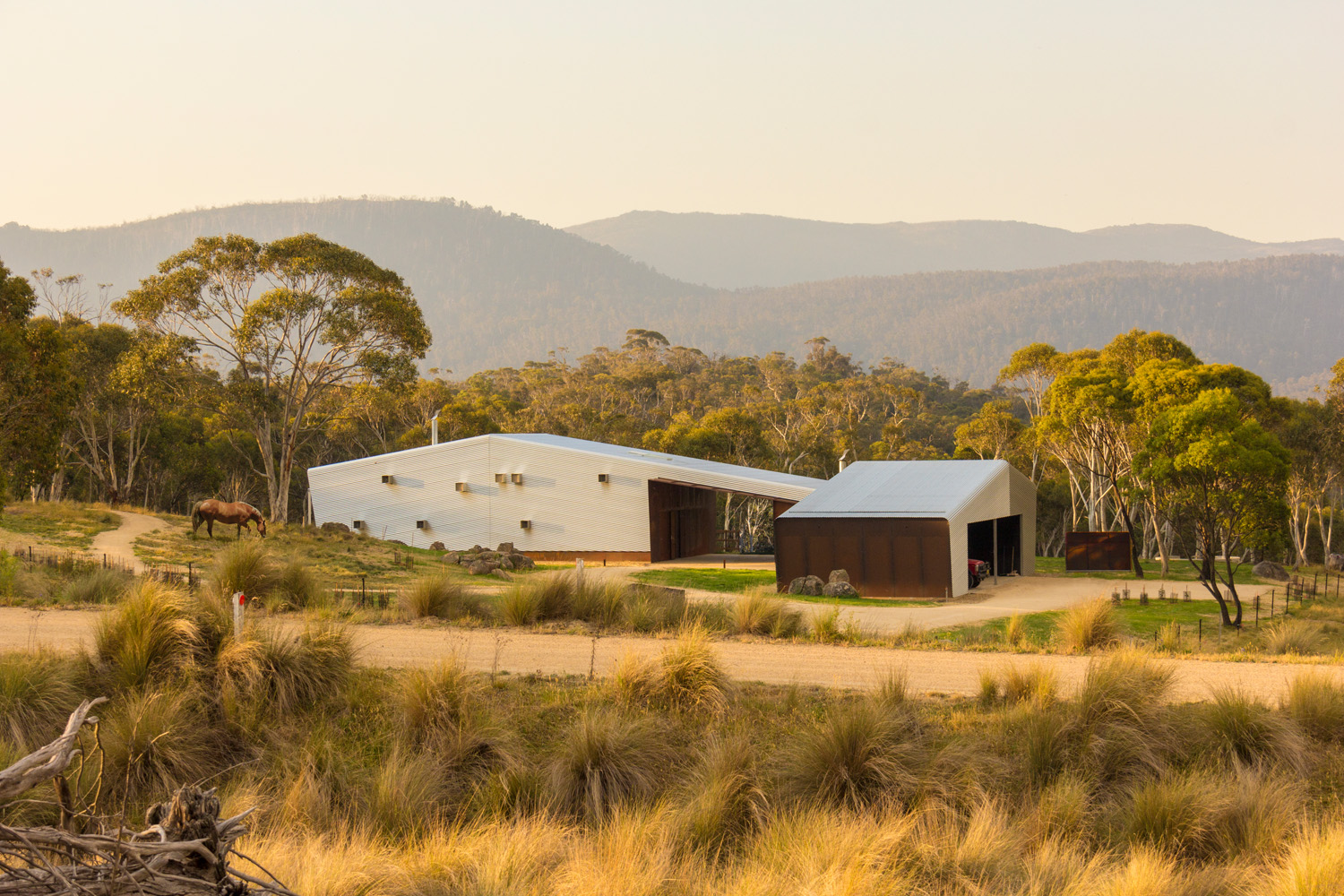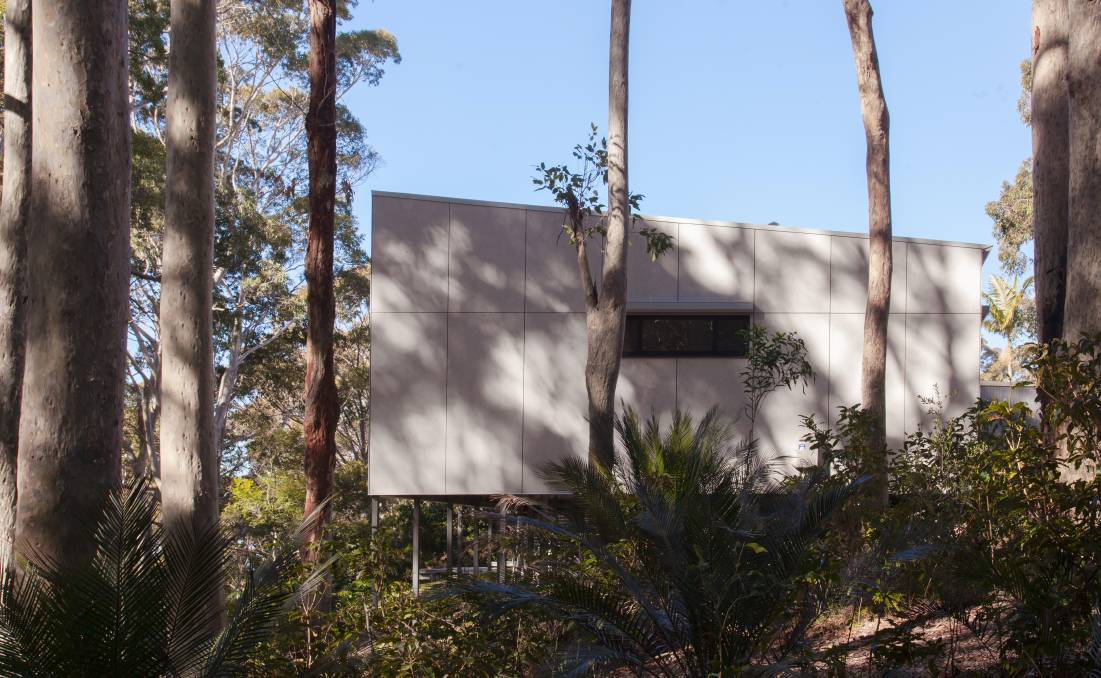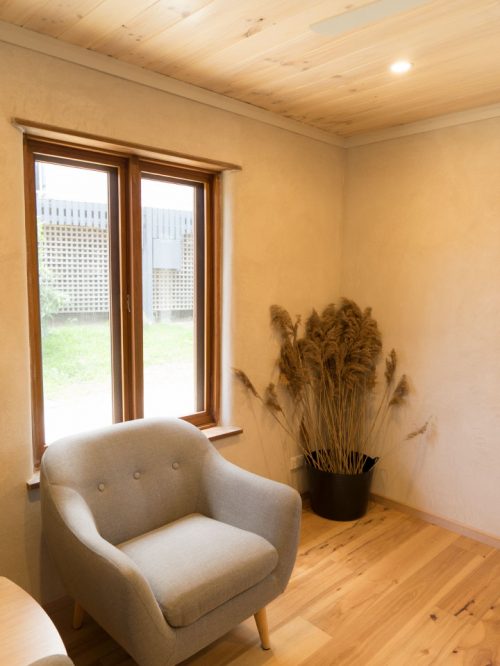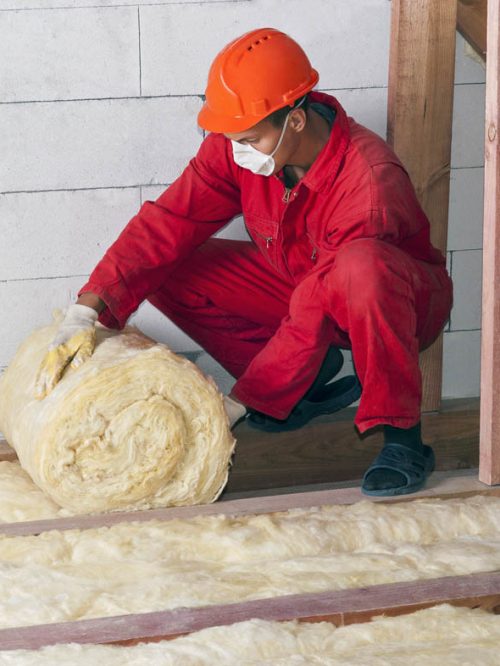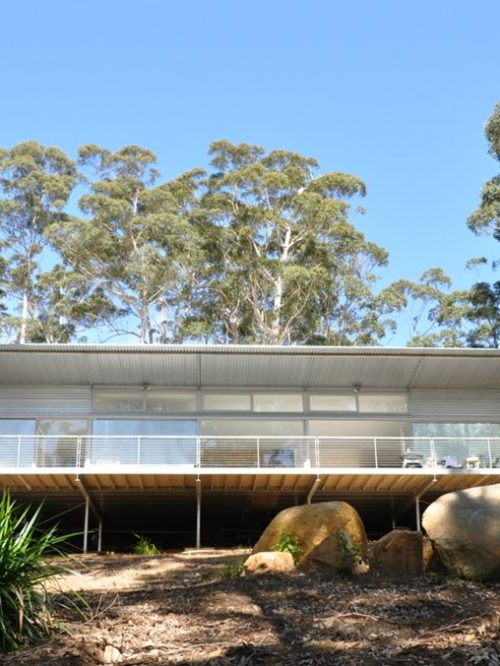Building cladding is not just for aesthetics; it is an integral part of a building’s envelope and needs to be carefully selected to ensure the best performance. Lance Turner looks at cladding features, including for bushfire resistance, with further information in the complete Cladding Buyers Guide in Renew 149.
Cladding’s most important role is as a weatherproofing layer to prevent the outside elements—rain, wind and dust—from damaging the internal structure of the walls. It’s also an important part of the aesthetics of a building: it’s the outer skin that you see. One final role is as pest exclusion.
Not all construction systems need cladding. Blockwork systems such as bricks, strawbale, mudbrick, rammed earth and autoclaved aerated concrete (AAC, e.g. Hebel), don’t need cladding, although some do need rendering for weather sealing. But, if desired, even these systems can have cladding added, either at the time of the build or later.
Unless it’s used purely for aesthetics, cladding forms part of the building’s wall system and the whole wall system must be evaluated as one entity to ensure thermal, structural and aesthetic requirements are met.
This introduction to cladding highlights important features to consider, and looks at the different cladding types and materials to help you evaluate the pros and cons of each and where you might use them. It’s not intended to replace advice from a building architect or designer, but rather to help you better understand the factors to consider when making a choice.
Cladding features
Fire resistance
In bushfire-prone Australia, especially as the climate changes, fire resistance can be a critical feature of any cladding material. Any cladding will need to meet the BAL (bushfire attack level) for your site, so if you are in a bushfire zone then you are going to be limited in the products you can select. Non-flammable materials such as steel and fibre-cement sheet generally have high BAL ratings (when installed and sealed correctly). Some materials—for example, some composites—that might seem less flame-resistant can have quite high BAL ratings when installed as per specifications, so check the ratings.
One thing to consider is that BAL ratings are for current conditions. As the climate warms and fires become more intense, BAL ratings may increase in some areas. Immediate surrounds (e.g. combustible materials close to the home) have a large effect on BAL ratings of a particular site, but it may still be prudent to aim for cladding with a BAL rating higher than your site currently requires. Increased BAL may mean higher costs (e.g. using a more fire-resistant species of wood).
EXPERT FEATURE
Words: Lance Turner
First published in Renew 149, updated for the Green Rebuild Toolkit.
Crackenback Stables by Casey Brown Architects are clad in corrugated iron. This wraps around seamlessly in one continuous surface from the walls to roof. The exposed concrete and masonry walls internally provide thermal mass to mediate against diurnal variation, mitigating the hottest and coldest parts of the day.
Wind load ratings
In high wind areas, you must consider wind load ratings. Some claddings have a maximum spacing between fixing points for high wind areas that may be less than the typical stud spacing, so check this. Not all claddings carry a cyclone rating; if your site is prone to cyclonic winds, you must use a suitably rated cladding material.
Water resistance
It goes without saying that the finished envelope must have water resistance to prevent water ingress into the structure which would cause damage. Cladding materials may be naturally waterproof, such as metal or plastic composites, or may be porous and need to be sealed, such as wood. Materials that need to be sealed not only require higher maintenance, but may also be compromised should the sealant coating degrade or be penetrated, although the impermeable membrane behind them should prevent water penetrating past the cladding material itself.
Rot and pest resistance
Some materials, especially natural materials, are more prone to damage by pests such as rats, mice and insects and attack from mould, mildew and fungus. Materials that are subject to such attack, such as in damp locations or country areas with high pest levels, need to be rot and pest resistant.
Ease of installation/repair
Some materials are simpler to install than others; for example, some will need special manufacturer-supplied finishing profiles at corners and edges to ensure that warranty, weather resistance and other specifications are met. Other materials may require special clips for installation, rather than simple screws or nails, especially those that use a ’hidden’ fixing system. This can add to the cost of installation.
Can the material be drilled, nailed or screwed with minimal risk of cracking? Some materials like fibre-cement sheets are more likely to split if you nail or screw too close to the edge or end. This can make them harder to fasten if, for example, you have to butt join two boards at a wall stud. In this case, you would cut one board short of the stud and fasten the two board ends together with the manufacturer’s recommended joiner, but this can mean slightly more wastage and effort during installation.
You might think that most cladding materials are similar in weight for a given area, but that certainly isn’t the case. While some materials, such as PVC weatherboards, are quite light, others, such as fibre-cement sheet and Corten and other ‘ageing’ steels, can be much heavier and more difficult to handle. If you are DIYing, this may be an important consideration, especially if you are fitting the cladding by yourself, as it will limit where you can safely and easily install the cladding. With heavy materials, a large wall may require several hundred kilograms of cladding—not an insignificant load and a considerable effort to move around and lift into place.
Some cladding systems can be difficult and more time-consuming to repair, especially if they use interlocking boards or panels. To repair a very damaged board halfway down a wall, you may need to remove all boards from the top down to the damaged board. This is particularly so for hidden fixing systems, where the screws for the damaged board are underneath the board above.
Thermal properties
The thermal properties of cladding can vary widely, from virtually a zero R-value for materials like sheet steel, through to quite high R-values for insulated PVC weatherboards and insulated panels. If your home is performing poorly thermally due to lack of wall insulation and your house is in need of recladding, you may be able to solve both by using cladding with a good level of insulation.
Breathability
Not all cladding systems are suitable for all construction types. Cladding systems that are not breathable (non-permeable), such as steel sheet, require a ventilated cavity to prevent condensation build-up, whereas vapour-permeable materials don’t. A ventilated cavity can be as simple as adding battens to the studwork to space out the new cladding from the rest of the framing and insulation. All ventilated cavities should be sealed both top and bottom with vermin mesh to prevent unwanted pests from entering the cavity.
A permeable material can be rendered non-permeable if painted or rendered. A common sign of such an issue is bubbles forming under paintwork on permeable cladding such as wooden weatherboards.
Trapping unwanted moisture vapour inside a wall cavity can result in condensation forming, leading to mould damage. Consult a knowledgeable designer or builder and/or the product manufacturer for correct installation recommendations.
Bubbling in painted weatherboards is a sign of moisture buildup. Paint can make breathable (permeable) materials like wood into non-permeable ones, causing such problems.
The Rosedale Beach House by Thomas Caddaye Architects survived a 2017 bushfire when twenty nearby homes were destroyed. Fibre cement was used for the exterior cladding: fire-resistant and also a reference to the classic fibro beach houses of the area.
Environmental footprint
Some cladding options make use of waste materials that would otherwise be sent to landfill. Recycled plastic composites are one example—these use waste plastic and usually waste wood fibre for stiffness. By reusing materials, these sorts of products have a much lower embodied energy and hence carbon footprint than virgin materials; however, they may also use resins or adhesives which have their own environmental costs.
Also consider recyclability. Composite materials are often not recyclable at end of life. Some manufacturers will take back leftover new materials such as plastic/wood fibre composites for recycling into new products, but some composites like fibreglass are generally not recyclable.
Materials that are fully recyclable at end of life (of either building or material) have a reduced carbon footprint each time they are recycled. For example, metals such as steel that have a high embodied energy initially are recyclable almost endlessly, reducing their carbon footprint each time they are recycled.
Regardless of their recyclability, materials that have degraded will often end up in landfill, as degradation can reduce the quality of the material to the point where it can no longer be recycled.
While some materials, like wood, are theoretically biodegradable at the end of their useful life, in reality this often isn’t the case if they’re coated in layers of paint or other sealants. If you choose a natural material like wood, then you should consider the coating you will use on it or try to source wood species that are weather resistant without treatment (provided they also meet other environmental criteria such as sustainability in harvesting).
Deconstruction is becoming more common nowadays, where the home is disassembled piece by piece, rather than just being demolished (where a bulldozer flattens the home in a big mess). Materials that can be removed easily and with minimal damage are more likely to end up at a secondhand building materials supplier to be reused. This may be a consideration far down on your list of criteria, but it is worth thinking about.
To get the best environmental result, look for environmental certifications of the materials used in the cladding—although these can be difficult to ascertain as manufacturers and suppliers often give limited information.
There are a number of different certifications, including Global GreenTag (globalgreentag.com), GECA (good environmental choice, geca.eco) and Green Tick (greentick.com). For a list of all eco labels that apply in Australia, see bit.ly/ELI-AU.
For wood products, opt for local timber that is recycled/reclaimed, or is from agroforestry (timber that has often had another use on a farm, providing a wider range of social, economic and environmental benefits than plantations or traditional forestry) or well-managed (preferably FSC) plantations. If these aren’t available, look for certifications, such as FSC and PEFC (FSC is preferred), from Australian or New Zealand forestry; avoid timber from overseas, particularly from countries where monitoring may be suspect. Fair Wood is a recent initiative that sources sustainable timber, or check Mullum Creek’s timber guide at bit.ly/MC-TPG.
For treated timbers, look for low-toxicity treatments that have been tested to be such—materials safety datasheets (MSDS) should be available if the product is chemically treated. Avoid CCA treated timber, for example.
One source of certification information is the Ecospecifier website (ecospecifier.com.au) where you can search on particular material types or certifications. A search for cladding materials returned a limited number of materials with any form of certification, so clearly the industry has more work to do in this area. However, the Ecospecifier information may not be complete, so check out a product’s manufacturer specifications for the latest certification information.
Paintability
Some materials have the colour as part of the material and need no external finishes, whereas others require painting on a regular basis. Not all materials can be painted, so if you think you may want a change of colour scheme down the track, then a material that is paintable is necessary. This doesn’t mean that you will need to use materials such as wood as many other materials can be painted successfully; even colour-coated materials like Colorbond can be painted at a later date. Be aware that some materials require specialised (usually expensive and toxic) paints. And some materials, such as those made of plastic composites that contain predominantly polypropylene or polyethylene are not paintable.



